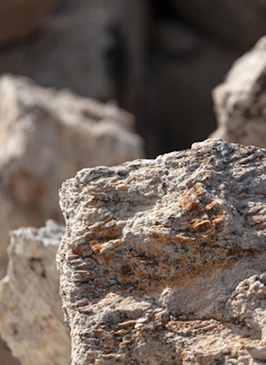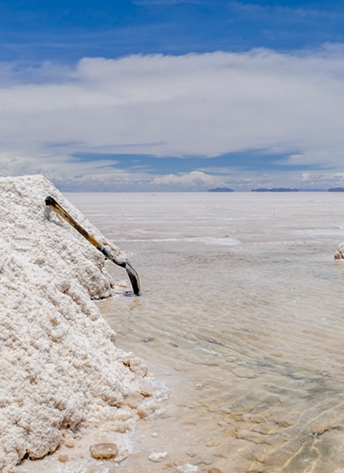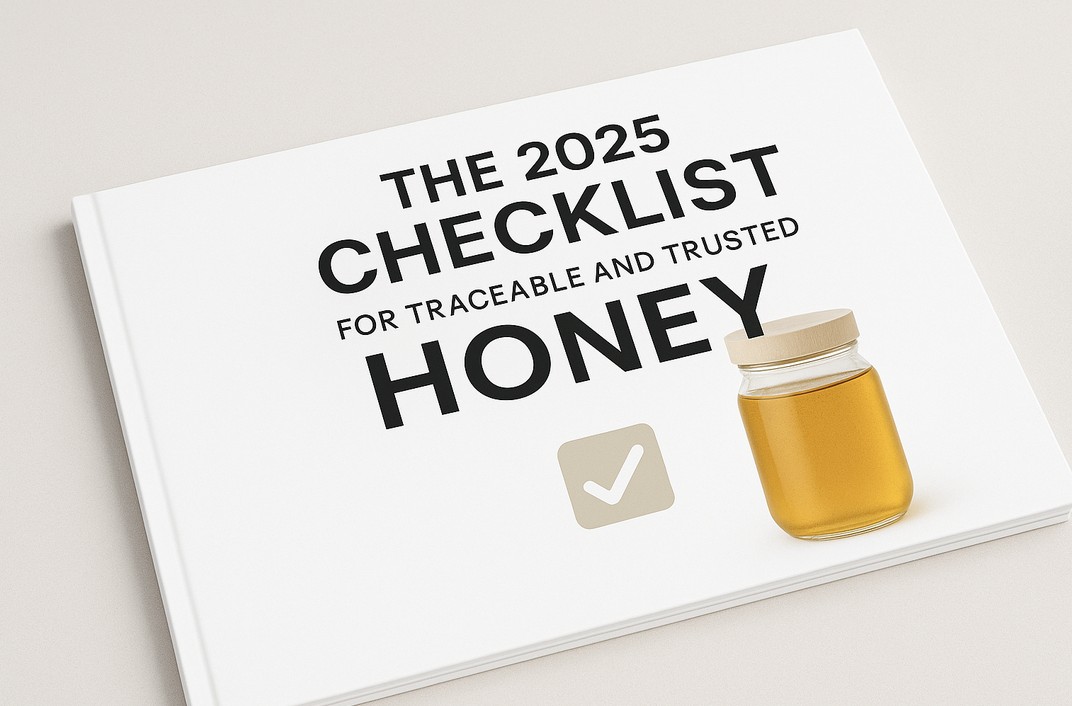A Closer Look
Lithium Overview




Lithium
Behind the Commodity: What Lithium Really Tells Us
Lithium powers the energy transition. It’s the core of batteries used in electric vehicles, smartphones, solar storage, and more. As demand skyrockets — projected to grow over 300% by 2030 (IEA, 2023) — questions around where lithium comes from and how it’s extracted are becoming more urgent than ever.
The Problem: Opaque Supply Chains and ESG Concerns
While lithium is hailed as a green solution, its supply chain is often anything but transparent. Most of the world’s lithium is mined in Australia, Chile, Argentina, and China — regions that face scrutiny over:
Water use and environmental degradation in salt flat mining
Indigenous land rights and lack of consultation
Carbon emissions from hard-rock mining and global transport
As governments and manufacturers commit to net-zero targets, they’re also under pressure to prove that the minerals powering clean energy aren’t creating new environmental or ethical harms.
Yet many lithium supply chains still operate on bulk aggregation, with little to no visibility into mine-level practices

The Cost: Reputation, Regulation, and Market Access
Major automakers, battery manufacturers, and electronics brands are facing growing pressure from regulators and consumers to disclose their mineral sourcing practices.
The EU’s proposed Battery Regulation and the U.S. Inflation Reduction Act (IRA) both require enhanced traceability for critical minerals like lithium.
Without traceability, companies risk:
Losing eligibility for green subsidies or preferred procurement deals
Delays in compliance reporting
Brand damage from activist and media scrutiny
For producers, lack of digital traceability may mean exclusion from premium global supply agreements.

The Opportunity: Traceability as a Strategic Asset
Lithium traceability is not just about ESG — it’s about competitiveness. With verified data, stakeholders can:
Prove responsible extraction and processing practices
Comply with EU, US, and future global regulations
Differentiate in a crowded, price-sensitive market
From the mine to the module, tracking lithium creates a new layer of trust in an increasingly scrutinized supply chain.
As Fatih Birol, Executive Director of the IEA, put it: “Critical minerals must be produced in a sustainable and secure manner — or they risk becoming the new oil.”

What We’re Doing About It
Palmyra is working with lithium producers and processors across Latin America to implement end-to-end traceability systems.
Our tools enable:
GPS-verified mine registration and chain of custody logs
Batch tracking from extraction to refining
Automatic compliance documentation for buyers and regulators
This allows lithium producers to prove sustainability, unlock premium partnerships, and meet growing reporting demands.
“We used to ship raw lithium with zero visibility. Now we ship trust with every ton.”
— Carla Muñoz, Operations Director, Salar de Atacama

Traceability Isn’t About Tech — It’s About Responsibility
In the age of clean energy, minerals must be as ethical as the technologies they power.
The 2025 Checklist for Traceable and Trusted Lithium


Daniel Friedman
Founder and CEO Palmyra®
From Olive Groves to Blockchain:
Greek Olive Oil Tokenization

Main Regions
Nigeria
Boki, Nigeria
Focus Areas
Traceability
Tokenization
Solutions
Palmyra Pro
Palmyra App
MOUs Signed
Municipality of Rhodes
Municipality of Messini